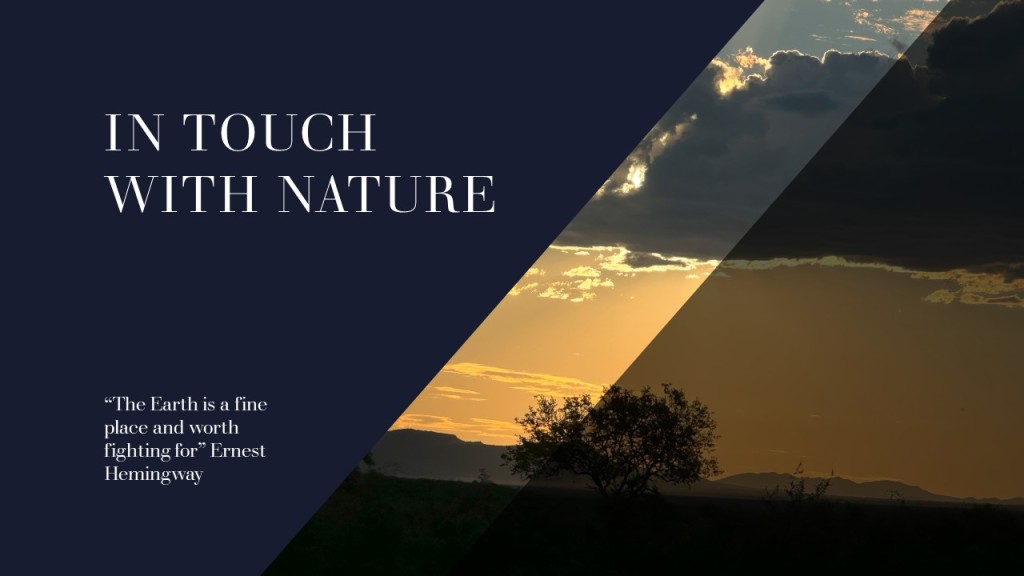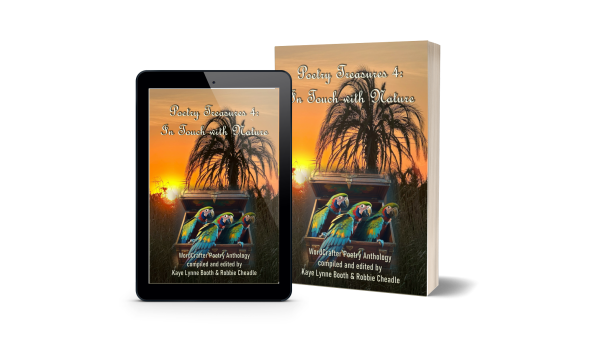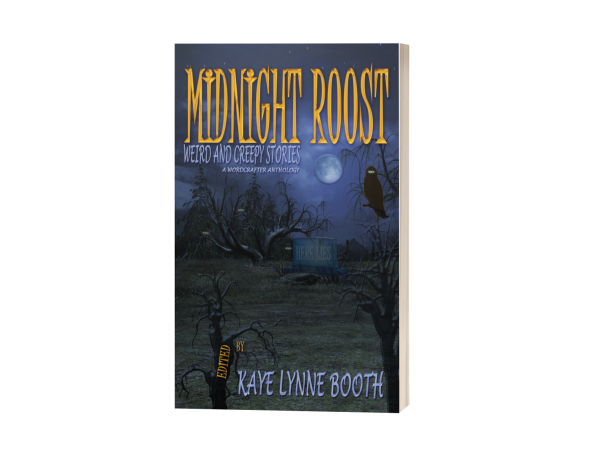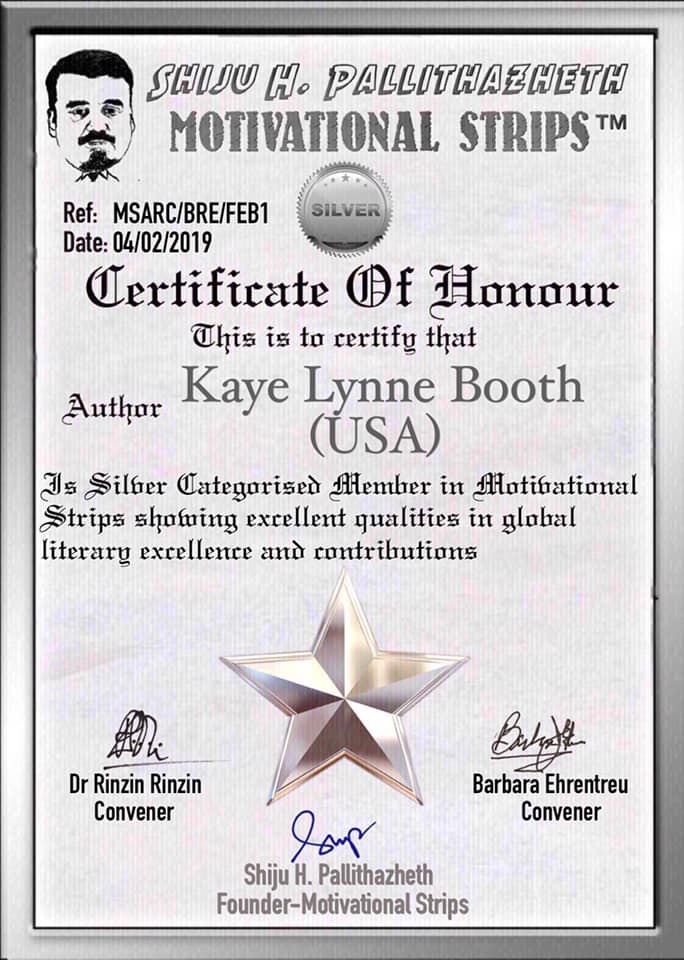In Touch With Nature – Giraffes chew bones and lions eat grass #animalkingdom #natureconservation
Posted: January 24, 2024 Filed under: Animals, In Touch With Nature, Nature, Wildlife | Tags: In Touch With Nature, Predators and Prey, Robbie Cheadle, Wildlife, Writing to be Read 107 Comments
Kaye and I are starting a new series this year entitled “In Touch With Nature”. We will be sharing information about the natural environment, and I will include some of my nature videos, artworks, and photographs.
For any writers, poets and authors who have an interest in nature conservation and our natural environment, I have joined the Society of Environmental Authors and Journalists. You can find out more about it here: Society of Environmental Authors and Journalists – Robbie Cheadle
For this first post in this series, I am discussing the topic of herbivores and carnivores.
The Oxford dictionary defines a herbivore as an animal that feeds on plants.
National Geographic expands on this to say that a herbivore is an organism that mostly feeds on plants. Herbivores range in size from tiny insects such as aphids to large, lumbering elephants. You can read more on this topic here: Herbivore (nationalgeographic.org)
Conversely, Oxford defines a carnivore as an animal that feeds on other animals.
National Geographic says: “A carnivore is an organism that eats mostly meat, or the flesh of animals. Sometimes carnivores are called predators.” You can read more here: https://education.nationalgeographic.org/resource/carnivore/

With the above in mind, did you know that many herbivores chew on bones? It’s true. Giraffes, red deer, reindeer, camels, wildebeest, kudu, gemsbok, and sable antelopes, as well as domestic cows and sheep, are not the strict vegans we think they are. They have all been observed to consume bones in a practice called osteophagy.
These animals do not actually eat the bones or break them open to eat the marrow inside, they only chew on dry bones and only when they are mineral deprived. Chewing bones provides herbivores with essential nutrients, phosphorus, and a bit of sodium.
Phosphorus is an essential mineral for all animals. This mineral plays an important role in the formation of the skeletal system and is necessary for certain biological processes including energy metabolism, protein synthesis, cell signaling, and lactation. A lack of phosphorus results in delayed growth and failure to regenerate new bone as well as problems with the reproductive system.
Another way herbivores obtain essential minerals and other elements they need is natural licks, also called salt licks. These licks can be natural but many are artificial and created by humans for the animals. You will see deer, moose, elephants, hippos, rhinos, tapirs, woodchucks, fox squirrels, mountain goats, porcupines and frugivorous bats all making use of natural or artificial licks to obtain phosphorus and biometals (sodium, calcium, iron, zinc, and other trace elements).

A further surprise is that lions sometimes eat small amounts of grass to extract certain nutrients they need. As their digestive system is designed to digest meat, they cannot digest the grass fully and often vomit soon after eating it.
Some of the reasons a lion may eat grass are as follows:
- It helps provide them with a source of water;
- It helps maintain their body weight;
- It helps keep them cool in hot weather;
- It helps settle stomach aches; and
- Its an easy way for a lion to get nutrients.
Lions are versatile. This means that if they are hunting in dry regions like the Kalahari Desert, lions may eat plants and fruits as an alternate source of water. Lions don’t drink very much.


Domestic dogs and cats also sometimes eat grass for the same reasons as lions. Just like lions, they usually vomit after eating it.
Animals are adaptable and find ways to meet their dietary needs. There are few perfect examples of herbivores or carnivores in the wild.
Here are a few of my YouTube wildlife videos:
This black maned lion walked right past our vehicle:
About Roberta Eaton Cheadle

Award-winning, bestselling author, Roberta Eaton Cheadle, is a South African writer and poet specialising in historical, paranormal, and horror novels and short stories. She is an avid reader in these genres and her writing has been influenced by famous authors including Bram Stoker, Edgar Allan Poe, Amor Towles, Stephen Crane, Enrich Maria Remarque, George Orwell, Stephen King, and Colleen McCullough.
Roberta has two published novels and has horror, paranormal, and fantasy short stories included in several anthologies. She is also a contributor to the Ask the Authors 2022 (WordCrafter Writing Reference series).
Roberta also has thirteen children’s books and two poetry books published under the name of Robbie Cheadle, and has poems and short stories featured in several anthologies under this name.
Roberta’s blog features discussions about classic books, book reviews, poetry, and photography. https://roberta-writes.com/.
Find Roberta Eaton Cheadle
Blog: https://wordpress.com/view/robertawrites235681907.wordpress.com
Twitter: https://twitter.com/RobertaEaton17
Facebook: https://www.facebook.com/robertawrites
Amazon: https://www.amazon.com/Roberta-Eaton-Cheadle/e/B08RSNJQZ5
_____________________________________________________________________________________________
Want to be sure not to miss any of Robbie’s “In Touch With Nature” segments? Subscribe to Writing to be Read for e-mail notifications whenever new content is posted or follow WtbR on WordPress. If you found it interesting or entertaining, please share.















I found this fascinating.Thanks Robbie. Are you still around RRBC? Joy
LikeLiked by 2 people
Hi Joy, I am so glad you enjoyed this post. I am no longer part of RRBC.
LikeLiked by 1 person
I love learning from you, Robbie! You even explain things I didn’t know I would enjoying knowing!! (love the pictures and videos)
LikeLiked by 2 people
HI Annette, thank you. I thought this was very interesting. There are no true carnivores and herbivores in nature.
LikeLiked by 2 people
This article is amazing! The photos are spectacular! Those teeth! lol 🤍😽
LikeLiked by 1 person
Hi Kymber, I’m delighted you enjoyed this article. I could have reached out and touched that lion.
LikeLiked by 2 people
Interesting information and wonderful videos, Robbie. Thank you!
LikeLiked by 1 person
Hi Merril, thank you. I though seeing as I have so much footage and so many pictures, and people seem to like them, I would share them.
LikeLiked by 2 people
You’re welcome!
LikeLiked by 1 person
I’ve seen cats eat grass (and vomit), but I didn’t know herbivores chew on bones if they don’t have salt licks. How interesting.
LikeLiked by 1 person
Hi Priscilla, I also thought it was interesting. It is weird to see a herbivore chewing on a bone.
LikeLiked by 2 people
I always wondered why cats vomit after eating grass – now I know! Thanks Robbie.
LikeLiked by 1 person
Hi Stevie, yes, cats and dogs also eat grass and often vomit afterwards. Its a bit different to see a lion doing this though …
LikeLiked by 2 people
I’ve researched animals eating all sorts of oddities when they are sick, for medicinal reasons, but hadn’t considered some foods would be for simple nutrition. Makes sense.
LikeLiked by 1 person
Hi Jacqui, it does make perfect sense. It is weird to see a giraffe chewing on a bone though.
LikeLiked by 1 person
I love this so much, Robbie. We all need to pay attention to what nature is telling us. Your photos are amazing! It’s so fun to learn about a part of the world that isn’t discussed much. It brings great awareness to our world community. 💖
LikeLiked by 1 person
HI Colleen, I am glad to know you find these posts interesting. I didn’t realise people generally don’t know that much about African wildlife. I suppose I’ve grown up with it so I’ve always known a lot about it.
LikeLiked by 2 people
It’s just like many people don’t know about where I live in Michigan either. It’s all relative to where we grew up. That’s why I love seeing these posts. Other than I zoo, I’ve never seen these animal in the wild. xx
LikeLiked by 1 person
Great shots and video Robbie!
Because domestic cats are related to Lions, I see domesticated cats eating grass as well and then throwing it up. So there must be something in the grass that acts as medicine?
I wouldn’t want to be on the receiving end of those canines!
LikeLiked by 1 person
Hi Wayne, yes, cats also eat grass if they have stomach upsets and need specific nutrients. However, because they can’t digest the grass properly, they usually vomit not long after eating it (this applies to lions and cats).
LikeLiked by 2 people
PS Lions very rarely attack humans and not ever if they are in a vehicle. Elephants and rhinos are a different story altogether.
LikeLiked by 1 person
and the #1 killer………Hippos
LikeLiked by 1 person
HI Wayne, I’ve never heard of hippos attacking a vehicle. They attack people on foot or in water, even swimming pools. Especially if they have young.
LikeLiked by 1 person
It’s been reported the number one killer of humans in Africa are Hippos.
LikeLiked by 1 person
Yes, that is true. Approximately 500 a year.
LikeLiked by 1 person
WOW! I didn’t know It was that much!
LikeLiked by 1 person
💞🌸
LikeLiked by 1 person
I never knew giraffes didn’t eat meat. I just assumed they were carnivores. Your article is so informative about these animals.
LikeLiked by 1 person
HI Kay, giraffes are herbivores and mainly eat leaves from trees. They like acacia trees which have long thorns and their tongues go in between and around the thorns. Their tongues are also black to prevent sunburn. Pretty cool!
LikeLiked by 1 person
Black tongues??? Wow there’s another assumption about giraffes shattered! I didn’t realize that animals could get sunburned. This will be a very entertaining series Robbie. 🙂
LikeLiked by 1 person
Hi Kay, I’m so pleased you are interested in this post and series.
LikeLiked by 2 people
I learned about giraffes in kindergarten from books. I remember learning how they were tall, had long necks and that they ate leaves and such. I never forgot the book except now I cannot remember the name. It made an impression on me because it was the first time, I’d ever seen a book with both print and braille pages.
The teacher also had a stuffed girraffe, where she got such a thing I don’t know, but she had us feel it so we’d know a bit about what they looked like.
I was also an avid watcher of wild kingdom, which came on every Sunday night when I was growing up.
I liked it because there was lots of dialog and narration.
LikeLiked by 2 people
Hi Patty, thank you for sharing your memories. You had a good teacher.
LikeLiked by 1 person
Robbie, that was fascinating reading. I had no idea herbivores chewed on bones. And when I hit the section about lions eating grass, the first thing I thought of was how domestic cats do the same–and then you mentioned it! Loved this post!
LikeLiked by 2 people
Hi Mae, I am so pleased you enjoyed this post. The natural world is so fascinating.
LikeLiked by 2 people
Wow! I learned something new today. I think this is going to be a fascinating series. I love your photos and videos, Robbie. They are outstanding!
LikeLiked by 1 person
Hi Jan, I’m really pleased you enjoyed this first post. I am teaching Michael photography with my new camera. It results in a lot of tussles over the camera when I want it back. Luckily he never goes on morning game drives. He is shaping up quite well with the camera though.
LikeLiked by 1 person
Brilliant post Robbie thank you and amazing photos and videos.. I know that dogs and cats will sometimes eat grass as an emetic if they have eaten something they need to get rid of. I didn’t know about the herbivores and bones though…fascinating.
LikeLiked by 1 person
Hi Sally, I was thinking about this animal behaviour in the context of human veganism. Vegans, as far as I understand, must supplement some minerals that they cannot get through their diet. Your posts about dehydration and salt helped inspire this post.
LikeLiked by 2 people
Yes unfortunately, the body has been designed to take all its nutrients from a wide variety of natural sources so cut off the supply of certain necessary food groups and supplements are needed. The trouble is the results of the loss of those nutrients are not visible but internally they are very evident. I worked with a 16 year old with the bone density of an 80 year old having given up carbohydrates and all animal products. I cover more in the final post in the series today.
LikeLiked by 1 person
I read your post, very interesting.
LikeLiked by 2 people
♥
LikeLiked by 1 person
A wonderful post, Robbie I knew cats and dogs ate grass but not all the reasons why. But herbivores eating bones was new to me…Nature never ceases to both fascinate and amaze me…This post and the links have given me lots to think about, Thank you , Robbie xoxo
LikeLiked by 1 person
Hi Carol, I am so pleased this post interested you. You might like to join this group, your green kitchen and other passions would fit right in.
LikeLiked by 2 people
I did think about it but wasn’t sure when I read through it all that I was what the group maybe looking for… It does sound like an interesting group…
LikeLiked by 1 person
Well, email them and ask. You are an author and you write about conservation, I think you’re a great fit. Geoff Le Pard is also a member.
LikeLiked by 1 person
Thank you for the endorsement and confidence boost Robbie…I will check the info again as I did like the ethos of the group x
LikeLiked by 1 person
💚⭐️
LikeLiked by 2 people
I’ve already learned something new! Although I do remember in my research on birds, that although many are primarily herbivores, they also often include meat of some kind in their diets. And excellent illustrations as well. (K)
LikeLiked by 1 person
Hi Kerfe, I’m delighted you enjoyed this post. All creatures act on instinct and do what they must to survive.
LikeLiked by 2 people
Extraordinary, Robbie. I’ve so much to learn, but with your guidance, I suspect my hopes will be met. I just purchased A Ghost and His Gold and look forward to the read. Congratulations on this new endeavor. 😊
LikeLiked by 1 person
Hi Gwen, the animal kingdom is fascinating. I can watch animals for hours. Thank you for your interest in A Ghost and His Gold.
LikeLiked by 1 person
Very informative! I learned a lot. The only thing I was already familiar with was salt licks, in the form of blocks, which farmers provided to dairy cows. I never knew the purpose of them, though.
LikeLiked by 1 person
Hi Liz, there are a lot of manmade salt licks in the game reserves too. A good place to watch herbivores. That is where I got the giraffe pictures of them with their legs spread out and licking the ground.
LikeLiked by 2 people
I remember those giraffe photos!
LikeLiked by 1 person
Yes, they were good ones.
LikeLiked by 2 people
That was interesting information and great photos. Now I know what osteophagy is. It’s amazing that Lions eat grass too, but it makes sense. Our Leonberger Bronco sometimes did and it looked funny. I guess seeing a lion eating grass would look funny.
LikeLiked by 1 person
Hi Thomas, seeing a lion eating grass does look funny but seeing a giraffe chewing bones is really weird.
LikeLiked by 2 people
Yes that would certainly look weird. I’ve seen a rabbit biting off a person’s head, well that was on TV (Monte Python).
LikeLiked by 1 person
Haha, Thomas, that’s not quite the same.
LikeLiked by 2 people
Yes you are right. It was a silly joke.
LikeLiked by 1 person
🤣 silly is great
LikeLiked by 2 people
Great information! I had no idea herbivores chewed on bones. Always fun to learn something new.
LikeLiked by 1 person
Hi Pete, I’m pleased you enjoyed this post.
LikeLiked by 2 people
Interesting stuff, Robbie. Thanks for sharing it.
LikeLiked by 1 person
Hi Craig, it is interesting. We can learn a lot from nature.
LikeLiked by 2 people
[…] In Touch With Nature – Giraffes chew bones and lions eat grass #animalkingdom #natureconservat… […]
LikeLiked by 1 person
Thank you for the post and photos… (Brought back nice memories)
LikeLiked by 1 person
Hi Brian, I am very happy to know you enjoyed these pictures 🌼
LikeLiked by 2 people
Ja hoor…
LikeLiked by 1 person
Hugs
LikeLiked by 2 people
Beautiful, Robbie!
LikeLiked by 1 person
Thank you, Jennie
LikeLiked by 1 person
[…] Head over to read the post and enjoy the wonderful photos and videos: In Touch With Nature – Giraffes chew bones and lions eat grass […]
LikeLiked by 1 person
Thanks for sharing, Sally. ☺️
LikeLike
Thanks, Sally.
LikeLiked by 1 person
Thanks for the fascinating post, Robbie. I didn’t know that some herbivores will chew on bones, but it makes sense. Or that lions would eat vegetables as a way to hydrate. Beautiful photos and a wonderful wildlife lesson. Thanks to you and Kaye Lynne for the new series!
LikeLiked by 1 person
Hi Diana, thanks for visiting, it’s always wonderful to see you. I am so pleased you like the concept of this new series. I have a minor mission in life to share information about, and joy in, Southern African wildlife.
LikeLiked by 2 people
Your mission is a valuable one and I’m enjoying the results!
LikeLiked by 1 person
💚🌻
LikeLiked by 2 people
I’m so glad that you enjoyed this first post, Diana. 🙂
When Robbie approached me with the idea for this series, I suspected it would be a hit. Robbie is always so interesting and informative with her posts. And I’m an animal lover, so I know I’m going to enjoy learning along with our readers.
LikeLiked by 1 person
Me too. As someone who will probably never see these animals in the wild, I love her photos, videos, and the knowledge she shares. 😀
LikeLiked by 1 person
☺️
LikeLiked by 1 person
🤗⭐️
LikeLiked by 2 people
Thank you, Kaye 💚⭐️
LikeLiked by 1 person
Fantastic information Robbie – and photos. Interesting to learn that animals too need their minerals and know instinctively how to get it. Congrats on the new series. Hugs ❤
LikeLiked by 1 person
HI Debbie, thank you, I thought it was interesting that animals recognise a need for certain minerals that aren’t in their diets. Nature is so clever.
LikeLiked by 2 people
Right? 🙂 xx
LikeLiked by 1 person
Human bodies know it too. We just donât listen. ð
Patty L. Fletcher
Bridging the great chasm which separates the disAbled from the non-disAbled
LikeLiked by 1 person
Hi! I’m proud to announce, that after obtaining Robbie’s permission this article is to be included in the February issue of the online magazine, “Paws for GDUI News You Can Use”
This is a magazine put out by, “Guide Dog Users Inc.”
We love all sorts of animal related articles and this one was a keeper.
Thanks, to Robbie for her kind permission to use her work.
I hope it brings more visitors to your blog Robbie, as I did include a read more link and left it so they have to click to finish the article.
I’m super duper excited!
LikeLiked by 1 person
Hi Patty, thank you so much for your interest in this article and your support. I am delighted to hear this news. Hugs.
LikeLiked by 1 person
Hi, Robbie.
You’re most welcome.
It was a true joy to get that one in.
I was actually passed the deadline for submission and did not realize it but they took it anyhow.
Woo Hoo!
Patty L. Fletcher
Bridging the great chasm which separates the disAbled from the non-disAbled
LikeLiked by 1 person
It’s great, thanks again.
LikeLiked by 1 person
Hi Robbie, this is wonderful!!! Thank you!
LikeLiked by 1 person
Hi Charles, I’m glad you enjoyed this post. The links for the environmental writers club are also in this post 🌸
LikeLiked by 1 person
A great idea for a series. Thanks, Kaye Lynne and Robbie. And it is curious reading this post after reading Sally’s post on nutrients and pica… I guess it’s very similar.
LikeLiked by 1 person
🙂
LikeLike
Hi Olga, yes, it is similar. If Sally’s post had been a few days earlier, i would have linked to it.
LikeLiked by 1 person
Hi Kaye and Robbie, this was truly fascinating! Like others, I didn’t know that many animals chew on bones, but now I know why my dog sometimes eats grass. 🙂 Love the photos and videos! Thanks for educating us! 💖
LikeLiked by 1 person
Glad you enjoyed this first post, Lauren. I think this will prove to be an interesting series. ☺️
LikeLiked by 1 person
I agree, Kaye. 🌸
LikeLiked by 1 person
🙂
LikeLike
I enjoyed this post – especially the videos – these animals are so fascinating. I’ve never seen a kudu before. Hope you’re doing well, Robbie 🙂
LikeLiked by 1 person
Hi Barbara,
LikeLiked by 1 person
Kudus are very beautiful animals. They are very shy so they don’t linger for photographs.
LikeLiked by 1 person
Fascinating photos & videos!!! Thank you!
LikeLiked by 1 person
My pleasure, I’m glad you enjoyed this post.
LikeLiked by 2 people